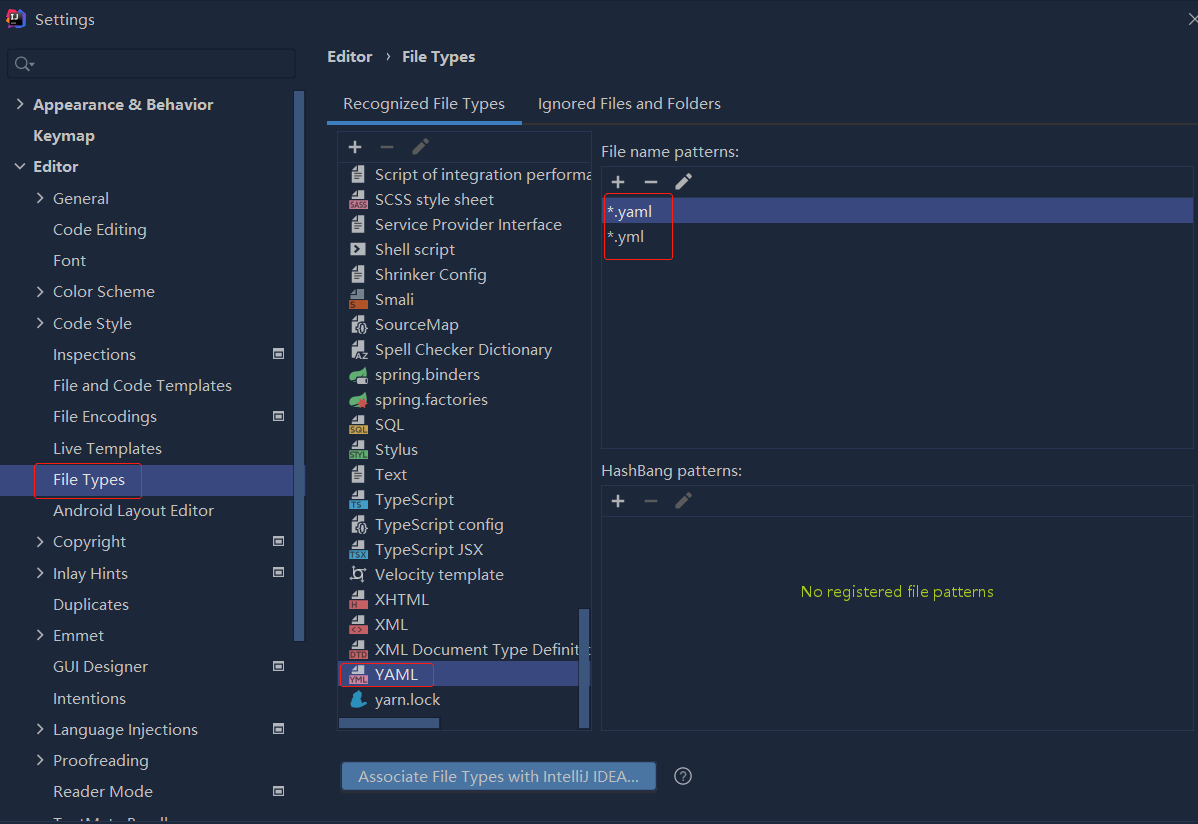问题描述
因此,我对C ++还是陌生的,正在尝试了解智能指针和RAII设计模式。我的问题是:说我有一个包含对象映射的对象。我希望一次激活一个对象,即希望有一个指针指向地图中的一个对象。使用智能指针进行RAII处理的正确方法是什么?下面是我到目前为止尝试过的。
//StateMachine.h
std::unique_ptr<GameObject> p1Paddle = std::make_unique<GameObject>(Paddle());
std::unique_ptr<GameObject> p2Paddle = std::make_unique<GameObject>(Paddle());
std::unique_ptr<GameObject> ball = std::make_unique<GameObject>(Ball());
//StateMachine.cpp
StateMachine::StateMachine()
{
gameObjects["p1Paddle"] = std::pair <bool,std::unique_ptr<GameObject>>(false,std::move(p1Paddle));
gameObjects["p2Paddle"] = std::pair <bool,std::move(p2Paddle));
gameObjects["ball"] = std::pair <bool,std::move(ball));
}
void StateMachine::ChangeState(std::string key)
{
activeObject = std::move(gameObjects[key]);
}
解决方法
不是使用map和smart-pointer,而是根据您的要求(在给定的时间只需要一种对象类型),而可能希望使用基于priority queue的实现。 ..
这是一个伪实现:
#include <algorithm>
#include <cstdint>
#include <queue>
#include <string>
#include <vector>
enum class ComponentType {
PADDLE,BALL
};
class Component {
protected:
ComponentType type_;
uint32_t id_;
priority_;
Component(ComponentType type,uint32_t id,float priority)
: type_{type},id_{id},priority_{prioity};
public:
virtual ~Component() {}
auto type() const { return type_; }
auto id() const { return id_; }
auto priority() const { return priority_; }
void updatePriority(float newPriority) { priority_ = newPriority; }
};
class Paddle : public Component {
private:
std::string name_;
public:
Paddle(std::string_view name,float priority) :
Component(ComponetType::PADDLE,std::stoi(name.data()),priority),name_{name}
{}
auto name() const { return name_; }
};
class Ball : public Component {
private:
std::string name_;
public:
Ball(std::string_view name,float priority) :
Component(ComponentType::BALL,name_{name}
{}
auto name() const { return name_; }
};
class CmpFunc {
public:
int operator(){ const Component& a,const Component& b) {
return a.priority() > b.priority();
}
};
class Game {
private:
//std::vector<Component*> components_;
std::priority_queue<Component*,std::vector<Component*>,CmpFunc> priority_;
public:
void initialize() {
Paddle paddle1("paddle_1",0.1f);
Paddle paddle2("paddle_2",0.2f);
Ball ball("ball",0.3f");
addComponent(&paddle1);
addComponent(&paddle2);
addComponent(&ball);
}
void addComponent(Component* component) {
if (component == nullptr)
throw std::runtime_exception( "invalid component pointer!" );
//components_.push_back(component);
priority_.push(component);
}
auto getComponent() {
if (!priority_.empty()) {
auto component = priority_.top();
priority_.pop();
/*components_.erase(
std::remove(components_.begin(),components_.end(),component),components_.end()
);*/
return component;
}
return nullptr;
}
};
这只是显示优先级队列的伪示例代码...我没有显示任何更新或更改对象优先级队列的实现,也没有显示如何基于某些{ {1}}或state X ...这对您来说是一种练习...
我无法确定此代码是否可以编译和运行,因为我是在这里输入它的,因此尚未finite-state-machine代码对其进行测试。您可以尝试使用它,然后尝试对其进行编译,然后从那里进行扩展以满足您自己的需求...

 依赖报错 idea导入项目后依赖报错,解决方案:https://blog....
依赖报错 idea导入项目后依赖报错,解决方案:https://blog....
 错误1:gradle项目控制台输出为乱码 # 解决方案:https://bl...
错误1:gradle项目控制台输出为乱码 # 解决方案:https://bl...